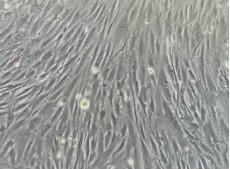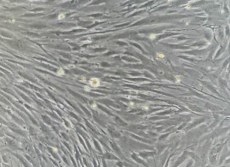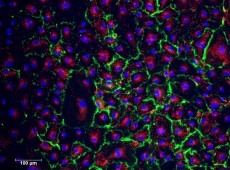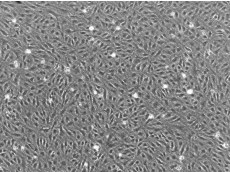Description
A keratinocyte is the predominant cell type in the epidermis, constituting 90% of the cells found there [1]. The primary function of keratinocytes is the formation of a barrier against environmental damage by pathogenic bacteria, fungi, parasites, viruses, heat, UV radiation and water loss. Keratinocytes are also able to produce a variety of cytokines, growth factors, interleukins and complement factors. Therefore keratinocytes are important for wound healing, inflammation, and immune response.
iXCells Biotechnologies provides high quality Human Epidermal Keratinocyte-neonatal (HEK-n), which are isolated from neonatal skin samples and cryopreserved at P1, with >0.5 million cells in each vial. HEK-a are negative for HIV-1, HBV, HCV, mycoplasma, bacteria, yeast, and fungi. They can further expand in Keratinocyte Growth Medium (Cat# MD-0047) under the condition suggested by iXCells Biotechnologies.
Product Details
|
Tissue |
neonatalskin samples |
|
Package Size |
0.5×106cells/vial |
|
Passage Number |
P1 |
|
Shipped |
Cryopreserved |
|
Storage |
Liquid nitrogen |
|
Growth Properties |
Adherent |
|
Media |








Reviews
There are no reviews yet.